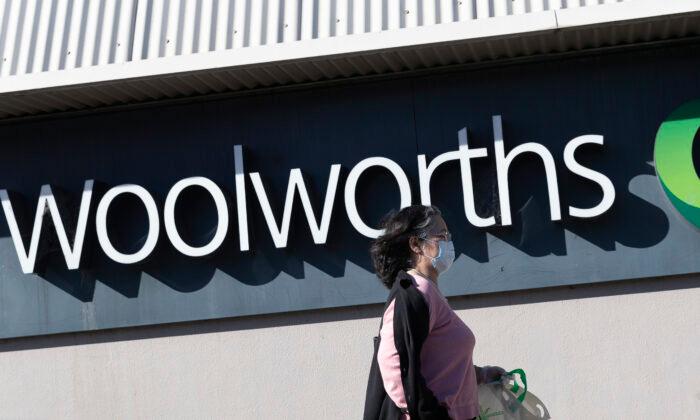New Zealand Tourism Minister Louise Upston has announced an ambitious $13.5 million (US$8 million) plan to encourage more tourists from countries where New Zealand is generally already popular as a holiday destination—China, Australia, the United States, India, Germany, and South Korea.
Australia is New Zealand’s largest visitor market, accounting for almost half (44 percent) of all international visitor arrivals, with the United States second and China third. Germany is fifth, and India is seventh. Only South Korea doesn’t appear in the top ten.
Upston—who made the announcement flanked by Prime Minister Christopher Luxon—said the investment would “turbocharge” global marketing to international visitors.
It’s an attempt to bolster New Zealand’s struggling services sector, which includes tourism, retail, and hospitality and accounts for about two-thirds of the economy. It has never recovered from the lengthy lockdowns imposed on it during the pandemic.
The latest BNZ-Business New Zealand Performance of Services Index (PSI) rose fractionally higher in March this year compared to the month before, to 49.1, after contracting in February. A reading below 50 indicates that activity is slowing.
“We know international marketing works, with around 14 percent of international holiday visitors already being directly influenced by Tourism NZ’s marketing activity,” Upston said.
“We have encouraging signs coming through from our ‘Everyone Must Go!’ campaign focused on Australia, but we won’t stop there.
“2025 is our chance to reinforce the value of tourism and show what our humming, vibrant country has on show. New Zealand tourism is open for business.”
She predicted the initiative would result in an extra 23,000 international visitors by the end of March 2026, bringing an additional $100 million.
But the cost per visitor and the estimated return have raised some eyebrows.
“$13.5 million for ‘could bring’ 23,000 visitors?” wrote economist Cameron Bagries on X. “That’s $587 per visitor. That’s almost paying the airfare for an Aussie arrival.”
It’s also true that it is retail and hospitality that are suffering the worst in the services sector, while tourism is gradually recovering.
In the year ended March 2024, total income from tourism reached $44.4 billion—up 14.6 percent on the year before—with international tourism contributing $16.9 billion of that, up 59.9 percent.
Overseas visitor arrival numbers also increased 44.8 percent to 3,183,376.
For Upston’s estimate of $100 million in additional expenditure, each of the 23,000 new tourists would need to spend an average of $4,348—considerably more than they do at present.
According to government statistics, last year the median amount spent by international tourists was $2,764 per person.






